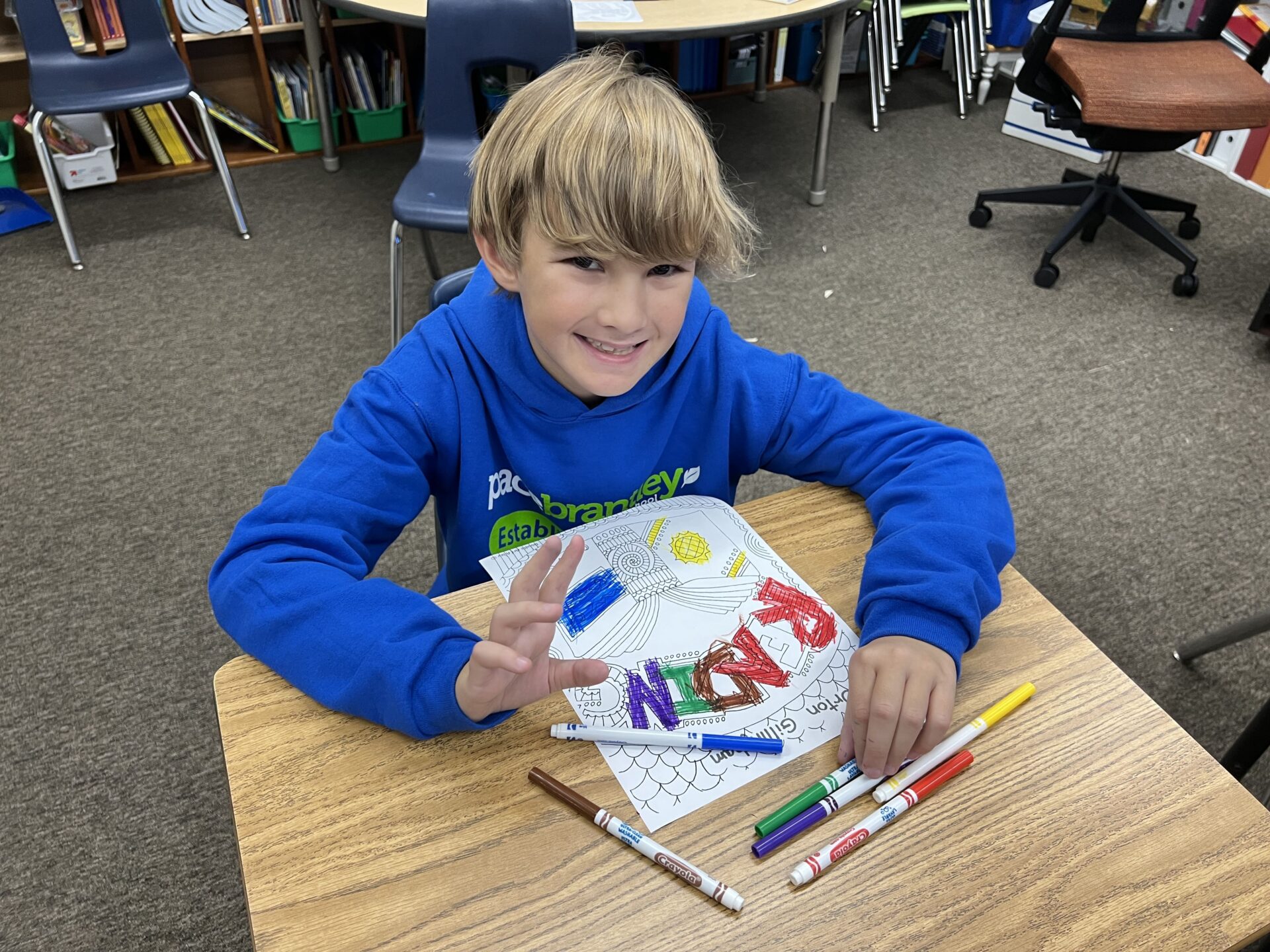Orton-Gillingham
Academic Programs
Additional Programs

Request More Information About Pace Brantley School
MORE INFORMATIONDONATE TODAY
INVEST IN PACEOrton-Gillingham Approach
The Orton-Gillingham Approach is a direct, explicit, multisensory, structured, sequential, diagnostic, and prescriptive way to teach literacy when reading, writing, and spelling does not come easily to individuals, such as those with dyslexia. It is most properly understood and practiced as an approach, not a method, program, or system. In the hands of a well-trained and experienced instructor, it is a powerful tool of exceptional breadth, depth, and flexibility.
The essential curricular content and instructional practices that characterize the Orton-Gillingham Approach are derived from two sources: first from a body of time-tested knowledge and practice that has been validated over the past 80 years, and second from scientific evidence about how individuals learn to read and write; why a significant number have difficulty in doing so; how having dyslexia makes achieving literacy skills more difficult; and which instructional practices are best suited for teaching such individuals to read and write.
The Orton-Gillingham Approach is most often associated with a one-on-one teacher-student instructional model. Its use in small group instruction is not uncommon. A successful adaptation of the Approach has demonstrated its value for classroom instruction. Reading, spelling, and writing difficulties have been the dominant focus of the Approach although it has been successfully adapted for use with students who exhibit difficulty with mathematics.
The Orton-Gillingham Approach always is focused upon the learning needs of the individual student. Orton-Gillingham practitioners design lessons and materials to work with students at the level they present by pacing instruction and the introduction of new materials to their individual strengths and weaknesses. Students with dyslexia need to master the same basic knowledge about language and its relationship to our writing system as any who seek to become competent readers and writers. However, because of their dyslexia, they need more help than most people in sorting, recognizing, and organizing the raw materials of language for thinking and use. Language elements that non-dyslexic learners acquire easily must be taught directly and systematically.

Teaching Reading Through Multiple Senses
At Pace Brantley Preparatory School, we use the Orton-Gillingham approach to teach reading to students with dyslexia and other learning disabilities. This multisensory method engages a student’s visual, auditory, and kinesthetic senses to help them connect language with letters and words.
Students in grades one through nine are evaluated when entering our school to determine if Orton-Gillingham is recommended. Those who meet the criteria are placed in this specialized reading program.
Instructors use sight, sound, touch, and movement to help students understand and manipulate phonemes, or units of sound. Students learn to blend sounds into words and segment words into component sounds. This systematic, structured approach enables students with learning differences to master the foundations of reading.
Orton-Gillingham builds reading confidence and fluency, empowering our students to become skilled, lifelong readers.
